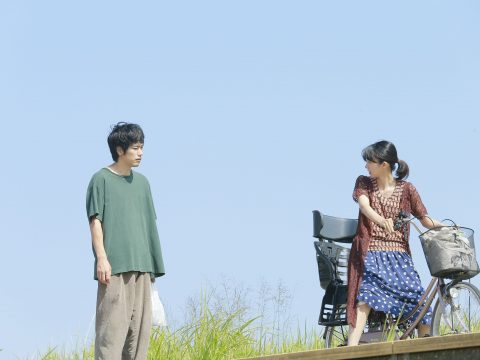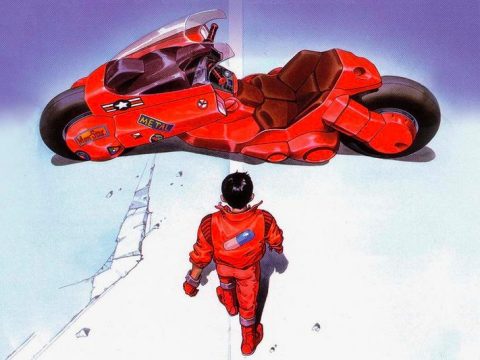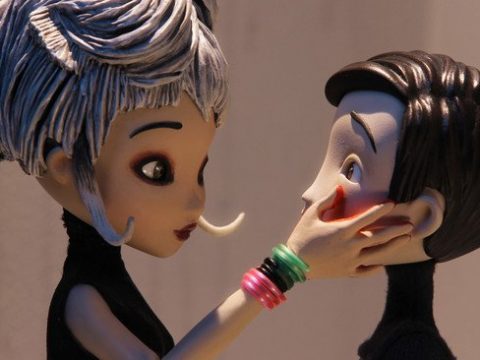If the name in this article’s subheader doesn’t ring an immediate bell, then you need some serious schoolin’. I don’t say that in a remotely belittling way, either, because you already know who Ishiro Honda is, whether you’re aware of it or not. The man behind the original Godzilla film; the pioneer of kaiju flicks as we know them today. Ishiro Honda’s career is as bold a legend as the tale of that iconic irradiated lizard creeping out of the ocean, and it’s all present and accounted for in Peter H. Brothers’ comprehensive book, Mushroom Clouds and Mushroom Men: The Fantastic Cinema of Ishiro Honda.
And what fantastic cinema it is. Brothers shows particular reverence for Honda’s work, while understanding that there are times when you can’t take everything entirely seriously. After all, with the exception of some divergent works, these are your quintessential fun giant monster flicks.
Before getting into detail on his individual films, the first third or so of the book focuses on Honda’s life as a whole. Consider it a biography in brief, but it’s a pretty thorough and detailed account of how Honda went from a long-time assistant director at Toho—a career he established in between tours of military duty—to helming his own films and, ultimately, establishing the very foundation of the kaiju genre with Godzilla and other fantasy/sci-fi classics.
Anyone longing to dig deeper into Honda’s history should find a wealth of information in these chapters, but I’d say the subsequent analyses of his films, from 1954’s Godzilla to 1975’s Mechagodzilla’s Counterattack, would be best appreciated by those that have already seen them. Of course, that may be a little too much to ask considering Honda’s thick filmography, but at least a modicum of familiarity helps. This doesn’t have to do with spoilers or anything, as I’m fairly certain it’s tough to “spoil” something of this nature, but being able to visualize key moments he discusses will make the contents that much more revealing.
There’s quite a bit of insight into the work of Eiji Tsuburaya too, because, well, would there really be talk of Ishiro Honda to such a degree without the efforts of one of fantasy’s greatest special effects craftsmen? Anyone whose heart is buried in the beauty of practical effects will find it gets plenty of attention here, as does the cinematography, screenwriting, and star presence of Honda’s films.
Brothers especially shows a deep understanding of the music composed for Honda’s films—a great deal of which came courtesy the brilliance of Akira Ifukube—as well as its placement and purpose throughout the films. This is yet another argument for this book as a companion piece to each movie, as specific cues are mentioned along with what the particular instrumentation is meant to convey.
Mushroom Clouds and Mushroom Men is a solid resource of information on a genre that’s in desperate need of more coverage in English. In fact, it’s pretty much your only bet for a well-rounded summation of Ishiro Honda’s life and films in print at this point. I’d be remiss not to mention that the book could have used another go under an editor’s scrutinizing eye—frequent typos that result in terms like “eye-pooping” make it impossible to ignore—but it’s not something that detracts from the contents in the long-run.
My recommendation: grab some Honda DVDs, soak in the fun and fantasy, get some context, and then let Brothers take you deeper.
Publisher: Authorhouse
Author: Peter H. Brothers







